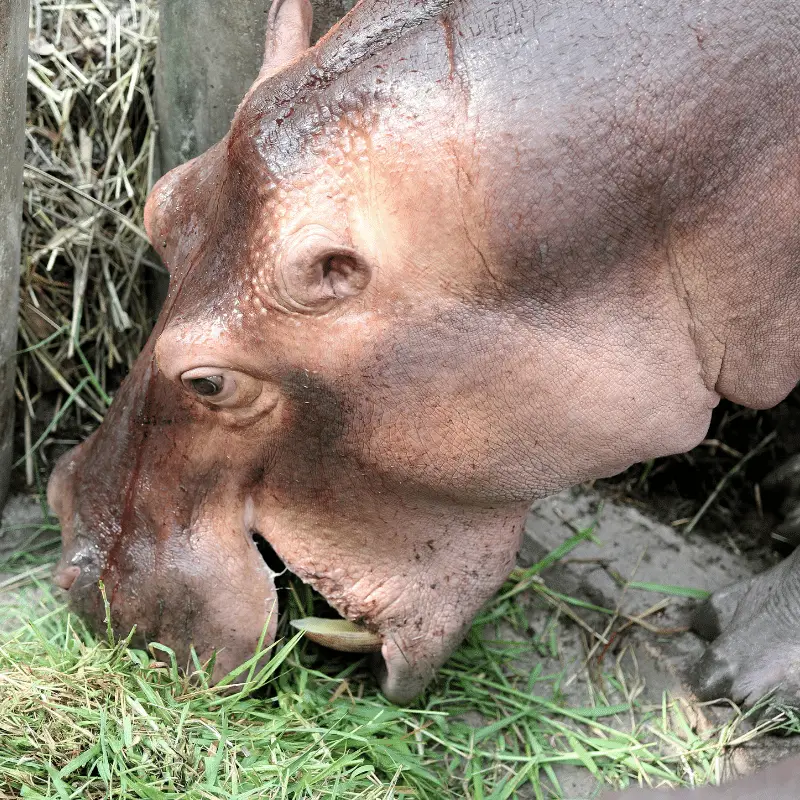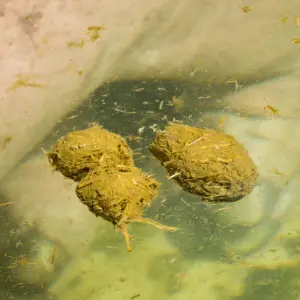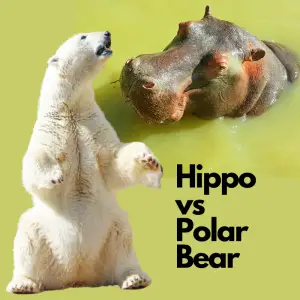The hippopotamus belongs to the family Hippopotamidae of the type genus. After the elephants and rhinoceros, they are the third-largest land animals. They are considered the deadliest land animals that can threaten living beings.
Hippos are plant-eating animals; they eat leaves, grass, fruits, ferns and roots. Hippos can eat about 80 pounds of food each night. They can walk up to 6 miles a night when they want food.
Though they are land animals, they alternatively reside in water aided by their short legs that help them propel through the water. This short-legged feature and other physical appearances make them look like they belong to the pig family. However, they are related to the cetaceans (dolphins and porpoises) from where they evolved 55 million years ago.
Plant Species Hippos Eat
- Chloris
- Cynodon
- Cynodon
- Cyperus
- Digitaria
- Heteropogon
- Panicum
- Sporobolus
- Themeda
They use their big lips to uproot grass and chew this food using their back molars, as their front teeth do not support feeding.
Adult Hippos
An average adult Hippo must consume about 80 lbs of food and 35 kilograms of grass while travelling an average distance of 10 kilometres each night to fill their tummies.
Most adult hippos also scavenge upon fruits that they find to munch on during their nightly walks.
In food shortages, a hippo can store food in its stomach, lasting around three weeks.
Babies
A baby hippo weighs around 110 lbs and feeds on its mother’s milk for eight months.
Young Adults
At the age of five, a hippo’s appetite has considerably increased. On average, a hippopotamus eats a minimum of 5 pounds of food every night, roughly around 1 to 1.5% of the total body weight of each hippo.
Herbivores
Hippos are generally herbivorous animals, mostly living on short grass. Sometimes, they also feed upon different kinds of plant-based food they find, such as deciduous leaves, grass, roots of plants, fruits, and ferns.
Hippos avoid feeding on aquatic plants. They prefer thin, small grasses and green shoots. While eating, hippos use their lower lips to swallow food and brush their teeth before consuming it.
Hippos have a long intestinal tract and are well-equipped to digest and absorb nutrients efficiently. This feature helps hippos to stay healthy even after having coarse and irregular food habits.
The hippo spends around 5 to 6 hours a day at night eating and walking an average of 4-6 miles for food.
On the other hand, hippos in captivity have slightly different herb-based food habits. They generally have a combination of plant-based food, including straw, alfalfa, and lettuce. Some days, they can also be offered pumpkins or watermelons as treats by the caretakers, forming a nutrient-rich balanced diet.
Are hippos carnivores too?
They are mainly herbivorous animals. However, their herbivorous feeding habit does not stop them from being aggressive. They are reported to attack living beings in various instances but not to feed on them.
Occasionally they are found to be feeding on the carcasses of animals. The possible reason for this behaviour is that some hippos could lack nutrients or be extremely hungry.
This aberrant behaviour is seen only in some hippos and not all. Hippos will never be complete carnivores, and they cannot change their herbivorous nature to total meat-eating animals as it may cause stunted growth, organ failure, and even death.
Like many herbivorous animals, hippos are susceptible to ailments like anthrax. During periods of outbreaks, hippos also experience a high mortality rate.
Why is hippo meat dangerous?
Hippo meat is dangerous as it could contain anthrax which can be passed from the infected meat of the hippo to humans. Hippos can pick up this bacterial illness from ingesting soil, water or vegetation with Bacillus anthracis spores.
Hippo Feeding Habits
Hippos generally feed on areas no more than a few miles from their water bodies, which reside in a circular pattern. This increases eventually, and the circle becomes wider and wider. Most of the time, the hippos like to spend their time in the water bodies.
Reproduction, mating, and giving birth all happen in the water. However, when it comes to feeding habits, hippos are solitary and tend to feed on their own.
Each day, they follow their feeding trail and return to the water bodies when the sun shines brightly at noon. This aversion to the sun’s heat is mainly due to the absence of sweat glands in their body. Therefore, the sun often becomes harmful to their skin.
Keeping out of the sun for the hippos is very important. You can see the pink marks on a hippo’s skin near its ears and eyes. The pink effects are from the sun as they tend to keep their ears and eyes out of the water.
Unlike other herbivorous animals, hippos do not meditate. Hippos take time to digest their food, providing them with the necessary nutrients. The low metabolic rate of the hippopotamus allows them to survive without food for weeks.







